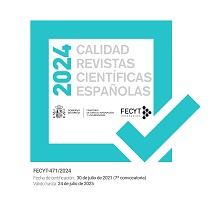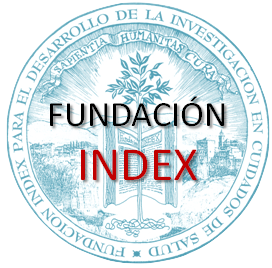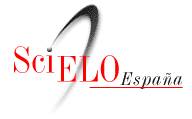Relevance of data collection instruments for quality of care
Abstract
In view of the importance of the nursing process in evidence-based practice, we attempt to identify validated and reliable instruments to collect data from patients. An integrative review was carried out in the databases CINAHL, BVS and PUBMED, using the words “nursing” and “validated clinical assessment tools”, as well as “validation studies”, “reproducibility of results” and “nursing assessment”. Full articles available in English, Spanish or Portuguese were included, excluding reviews that did not follow the methodological steps described and did not address the theme. In the 40 analyzed studies, instruments were identified that are applicable to different areas, such as geriatrics and gerontology, intensive care, oncology, psychiatry, nutrition, infectology, occupational health, palliative care, cardiology, among others. Instruments were found to evaluate the following areas: risk of falls, patient satisfaction, quality of life, sleep, depression, mental confusion, dementia, pain, behavior, nutritional status, violence, personality, psychosis, breastfeeding, nausea and vomit, fatigue, end of life needs, sedation and agitation, abstinence from opioid use, pressure ulcers, capacity of workers with musculoskeletal problems to restart activities, immunological status of patients with HIV/AIDS, and patients’ degree of knowledge about their disease. There was an increase in the number of publications from 1990 to 2006. Most of the instruments, 47.5%, were applicable to elderly populations. Nursing, when using validated instruments in its practice, provides more qualified care. Several behaviors and clinical manifestations exist, however, without validated instruments for their assessment.
Downloads
The works published in this magazine are subject to the following terms:
1. The Publications Service of the University of Murcia (the publisher) preserves the copyright of the published works, and encourages and allows the reuse of the works under the license for use stated in point 2.
© Servicio de Publicaciones, Universidad de Murcia, 2011 (© Publications Service, University of Murcia, 2011)
2. The works are published in the electronic edition of the journal under Creative Commons Reconocimiento-NoComercial-SinObraDerivada 3.0 España(texto legal) “ a Attribution-NonCommercial-NoDerivatives 3.0 Spain license (legal text)”. They can be copied, used, broadcasted, transmitted and publicly displayed, provided that: i) the authorship and original source of their publication (journal, publisher and URL) are cited; (ii) are not used for commercial purposes; iii) the existence and specifications of this license is mentioned.
3. Conditions of self-archiving. Authors are allowed and encouraged to electronically disseminate the pre-print (pre-reviewed ) and / or post-print (reviewed and accepted for publication) versions of their works prior to publication, as it ensures a wider circulation and dissemination which may lead to a possible increase in its mention and a higher scope among the academic community. RoMEO color: green.













